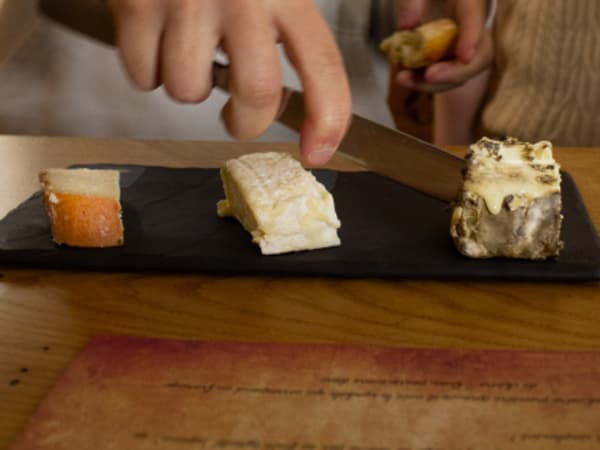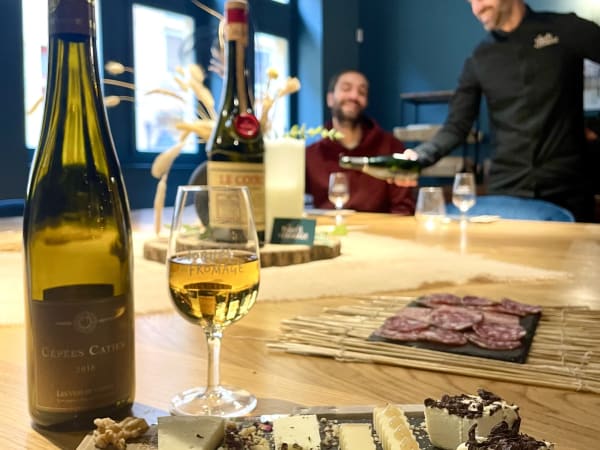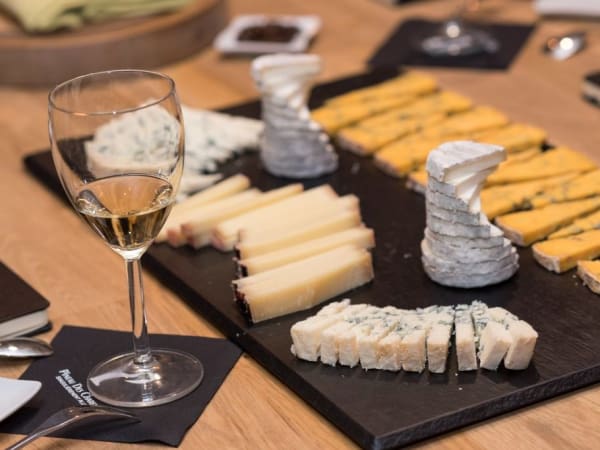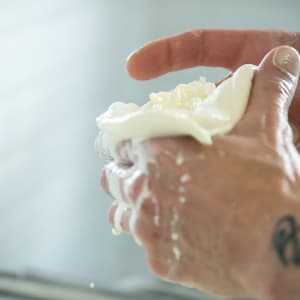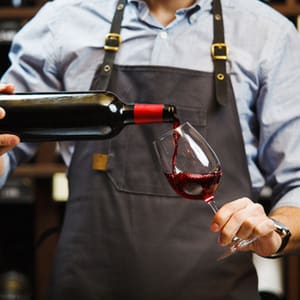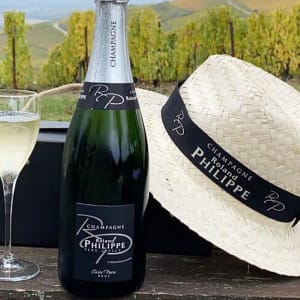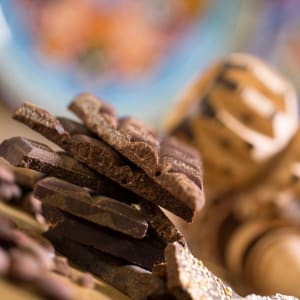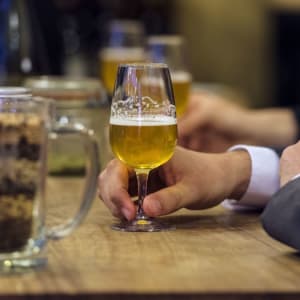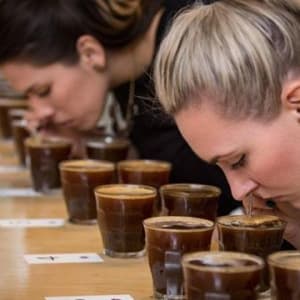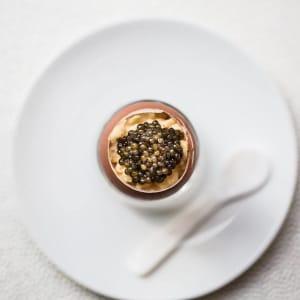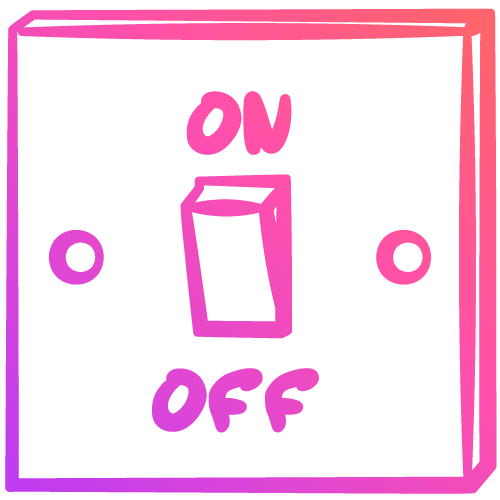Cheese tasting: everything you need to know
Gourmets will no doubt appreciate our cheese tasting activities all over France. This will give you the opportunity to learn more about the composition of each cheese.
How to taste cheese
Eating cheese is an art! Your guide will comment on each stage of the tasting process, to help you put your feelings into words. 4 senses are involved: sight, smell, touch and taste.
Step 1️⃣
This tasting is part of a very precise process, beginning with the visual examination, during which we observe the appearance and color of the rind. Its appearance gives us valuable information about the cheese family to which it belongs, its age, origin and the milk used.
Step 2️⃣
Before putting the cheese in the mouth, we cut off a piece of cheese to smell the intensity and types of aroma it releases (animal, vegetable, herbaceous, lactic, acidic, fruity, floral, grilled, spicy...). The aroma is linked to its variety and maturing method.
Step 3️⃣
Take this opportunity to touch the cheese with your fingers. This not only confirms or refutes our visual impressions, but also allows us to determine its quality and texture (firm, elastic, rough, soft...).
Step 4️⃣
Finally comes the moment we've all been waiting for: the taste stage! Tasting cheese is an extension of the olfactory examination: our taste buds reveal the subtlety of the flavors. We may even be surprised to discover a taste far removed from the smell!
The seven flavors
There are several types of flavor in cheese:
- Fresh (faisselle, ricotta, feta, spreadable cheese): fresh cheese is a young, rindless, slightly acidic cheese whose paste has not been refined.
- Neutral (Pont-l'Évêque): this is the case for most uncooked pressed cheeses, made from pasteurized milk or very young.
- Mild (Boursault, Brillat Savarin, Saint-Nectaire): these are often creamy cheeses that soften the intensity of flavor, and soft or pressed uncooked cheeses with very little ripening.
- Slightly pronounced (Camembert, Brie, Reblochon, Raclette): these include monastic cheeses, soft cheeses and pressed cheeses less than 3 months old whose ripening has been interrupted before maturation.
- Pronounced (Beaufort, Camembert AOC, Brie au lait cru, chèvre demi-sec): these soft, cooked or blue-veined cheeses with character are long-ripening.
- Forte (Maroille, Munster, Bleu des Causses, extra-dry goats' cheeses): strong cheeses include soft, slow-fermented cheeses, well-ripened blue-veined cheeses and pressed cheeses at the end of their ripening period.





 -15%
-15%



